Sandia Leans Into Artificial Intelligence
Sandia National Laboratories, the multidisciplinary national security engineering labs in New Mexico, is relying on artificial intelligence (AI) more and more, reports Laura McGill, the new director of Sandia National Laboratories.
Sandia, located on Kirtland Air Force Base in Albuquerque with an annual budget of about $5 billion, is responsible for key engineering-related research and development for national security, nuclear weapons and energy missions.
Sandia assets include a second facility in Livermore, California, adjacent to the Lawrence Livermore National Laboratory and the Kauai Test Facility, a rocket launch range in Waimea, Kauai, Hawaii, that is part of the U.S. Navy Pacific Missile Range Facility.
As part of its efforts to incorporate additional modern digital engineering tools and technologies that will enable the organization to be more efficient and effective across all its mission areas, Sandia is embracing AI, McGill noted, speaking to reporters in person and on a call in May outlining her vision for the labs’ next steps. McGill stepped into her role that month as the 17th director.
“Sandia is really leaning into AI,” she said. “It’s transforming our national security, and as our Energy Secretary [Chris] Wright said, this is a ‘Manhattan Project moment’ for us in terms of the urgency of bringing AI into the national security space.”
And while there are certainly considerations, risks and constraints of bringing AI into these types of critical security missions, “especially for the purposes that we are applying it to,” McGill attests that the risks are manageable.
“We don’t shy away from the complexity,” she emphasized. “We engineer the solutions. And we are strengthening our expertise so that we can safely harness AI to the benefits of our capabilities and our future.”
Part of this effort involves developing “world-class algorithms” designed specifically to accelerate science and engineering, and business operations, as well as setting distinct policies on its use.
“We have established clear ethics on how we are going to use AI, including the transparency of where the source of the information resides,” the director explained. “AI allows us to make better decisions, deliver better solutions for the nation and be more efficient stewards of taxpayer dollars.”
Sandia was also one of the first facilities, according to the director, to offer an internal generative AI tool called the Sandia AI Chat. As designated, certain employees can access secure information curated from the labs’ data sets and derive answers to needed issues.
With AI and other digital technologies increasing power demand, Sandia has taken steps to address energy needs and increase efficiencies—to do more with less power. “Of course, one of the challenges with AI is that it does take tremendous energy and computing power to support the capabilities, but we also have researchers that are finding ways where we can actually improve the energy efficiency so our nation can take better advantage of it,” she added.
In addition, the labs’ work on microelectronics involves research, design, development, manufacturing, packaging, testing and qualification. On base at Kirtland are several key facilities, including a semiconductor foundry, the Mesa Microelectronics Engineering and Science Applications Complex, and the Center for Integrated Nano Technologies. In particular, the Mesa facility provides U.S.-made, radiation-hardened microchips and circuits for space applications, nuclear reactors and weapons.
The facilities’ microelectronics counterfeit detection center is another great asset, the director continued. “We must preserve our ability to rigorously assess commercially produced microelectronics and to verify that they are free of vulnerabilities,” McGill said. And Sandia works with a number of industry partners as part of this effort.
Sandia’s best-known role is as one of the three R&D labs of the U.S. Department of Energy’s National Nuclear Security Administration. This work in nuclear weapons involves nuclear weapon system integration, including the functionality of the weapons’ delivery vehicles, and test and verification capabilities. The labs also manage the country’s stockpile of nuclear weapons.
For the Manhattan Project that built the world’s first atomic bombs in World War II, Sandia was the single-mission engineering organization for nonnuclear components of the weapons. And this expertise continues today. As lead systems integrator, Sandia officials have to make sure that the complex components of the nuclear weapon and the delivery vehicle “work together flawlessly” with optimal system performance across all requirements areas. This encompasses integration work from the initial design through to the retirement of the system and dismantlement.
“Our core responsibility at Sandia is to ensure that the deterrent provides safe, secure, reliable and effective response for the nation,” she stated. “As the laboratory’s director, I’ll be focused on strengthening our role as the lead systems integrator.”
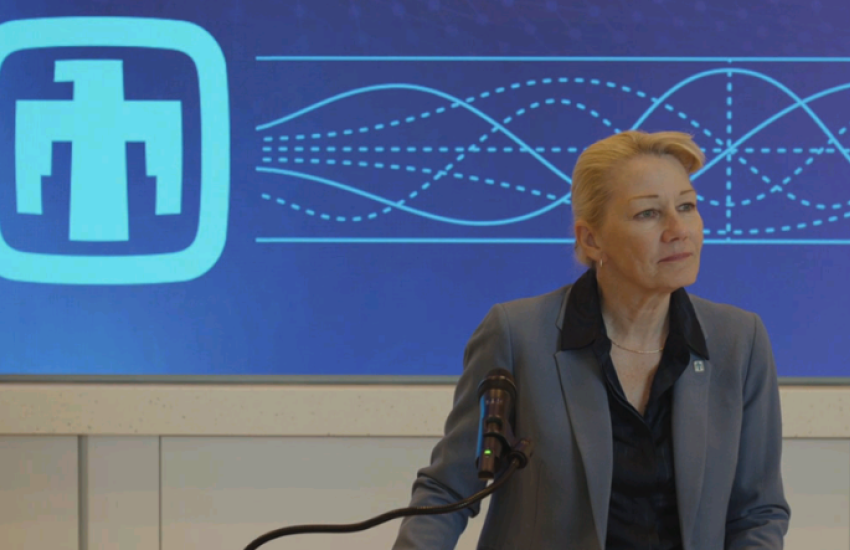
For these efforts, Sandia works with the National Nuclear Security Administration, other nuclear energy partners’ labs, officials at U.S. nuclear plants and sites in the nuclear security enterprise, Department of Defense leaders, and other key industry partners.
“The nuclear security enterprise employs critical technologies that are required to meet exceptionally challenging requirements, and it’s our job to integrate those in a very complex way, while upholding the stringent performance and safety standards that assure that our nuclear weapons always work when needed.”
Quantum science is another key area for Sandia to have the high-powered computing to support all aspects of material science development, including AI, to run advanced algorithms. “We are actually using AI to help point us in the direction of new materials that maybe have not been invented yet, new alloys and metals that have specific characteristics that we need to support the nuclear deterrence program, or other programs.”
Additionally, the labs are working to improve computer modeling efforts related to its nuclear weapons work, including modeling and simulation that replicate, at the molecular atomic level, what happens in a nuclear detonation. Although nuclear testing ceased back in the 1990’s Sandia can harness the long legacy of data, including from underground nuclear testing.
“Even to this day, we continue to refer back to that collection of information to test our models, to build up the models, to get even a deeper understanding and characterization of the phenomenon and the effects that are happening,” McGill explained. “We use those models to continue to test against that underground test data, but we are also using it to expand our understanding of how materials respond in those environments … so we can continue to develop the ability of those materials to withstand these really incredible environments that they have to undergo as part of the nuclear deterrent mission.”
Given that some of its facilities date back to the Manhattan Project, Sandia is also pursuing construction, renovation and maintenance efforts across the labs. “Our approach is to get the most out of the buildings and facilities that we have while strategically planning and preparing for the future,” McGill shared.
Over the next decade, this includes plans for two major capital projects in New Mexico, one for a new power sources capability facility, and the second for a combined radiation environment for survivability testing facility, or CREST.
“From my previous role in the defense industry, it was a little bit different, because we were able to continue to keep pace with what our adversaries are doing, whereas in the nuclear security enterprise, we actually kind of stopped, and we backed away,” McGill emphasized. “After the Cold War, we went into stewardship.”
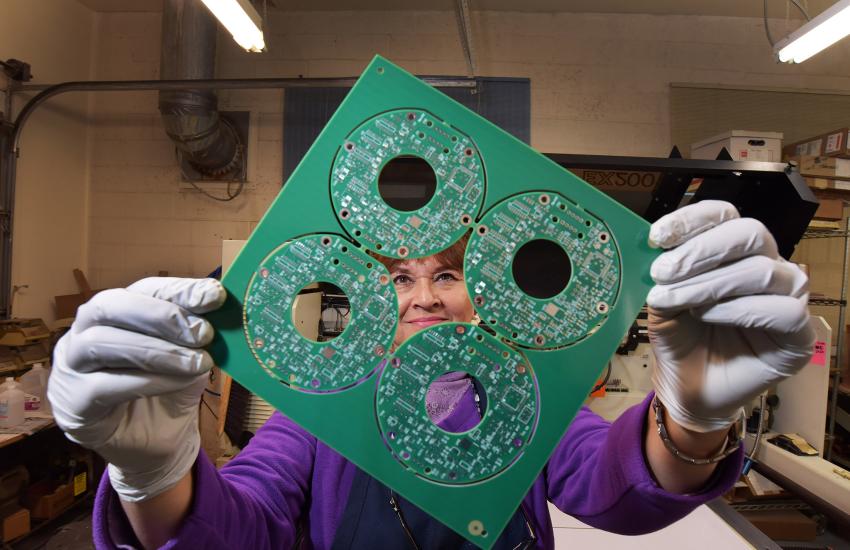
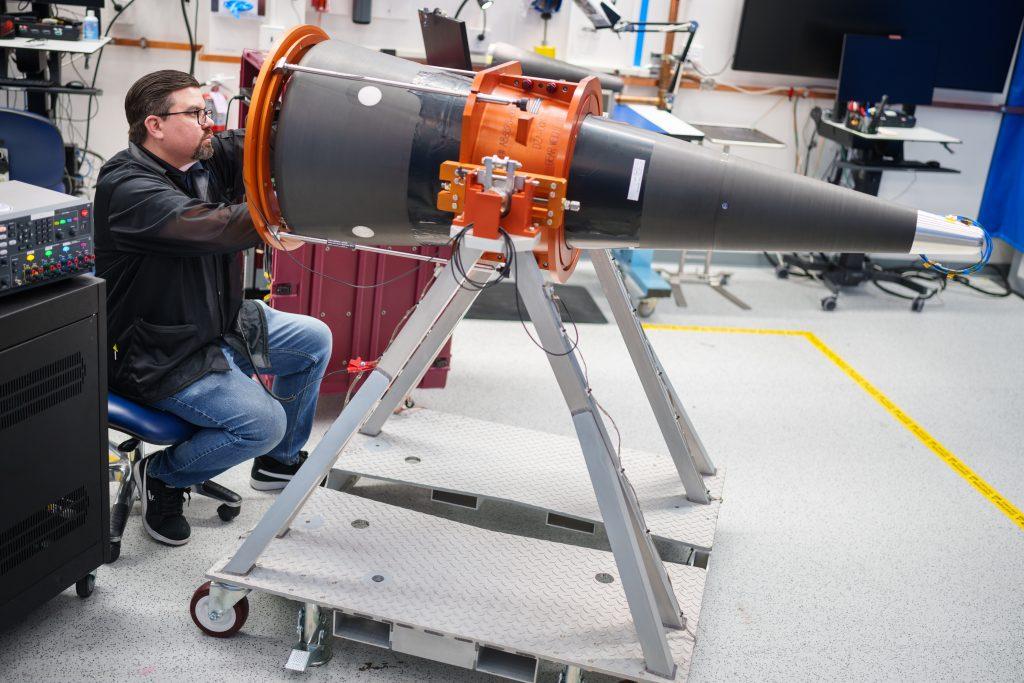
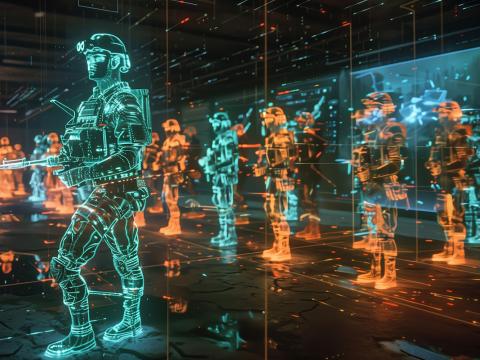
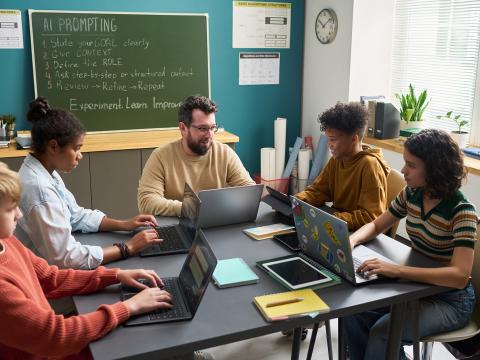
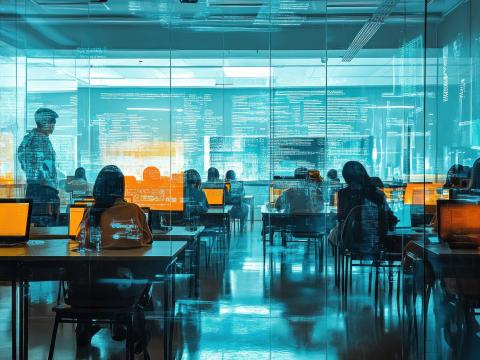
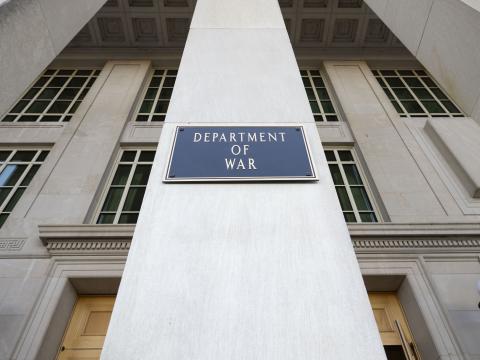
Comments